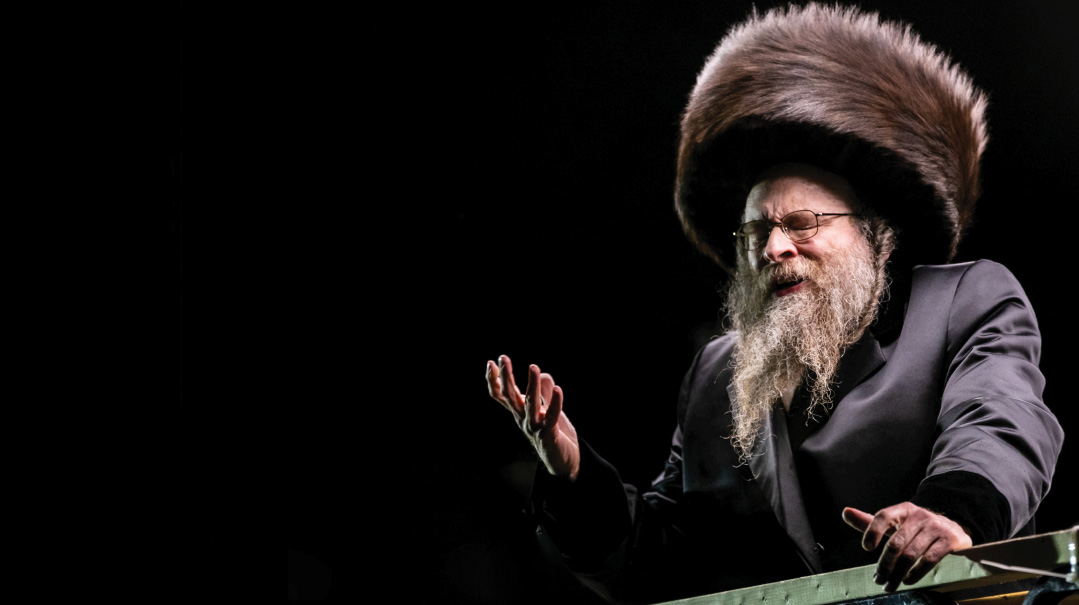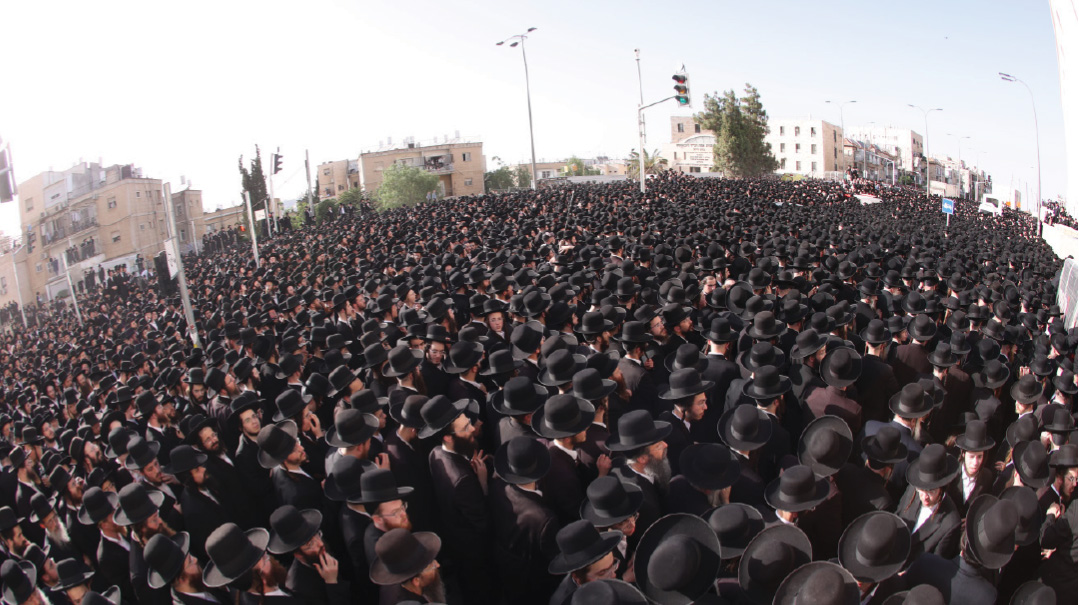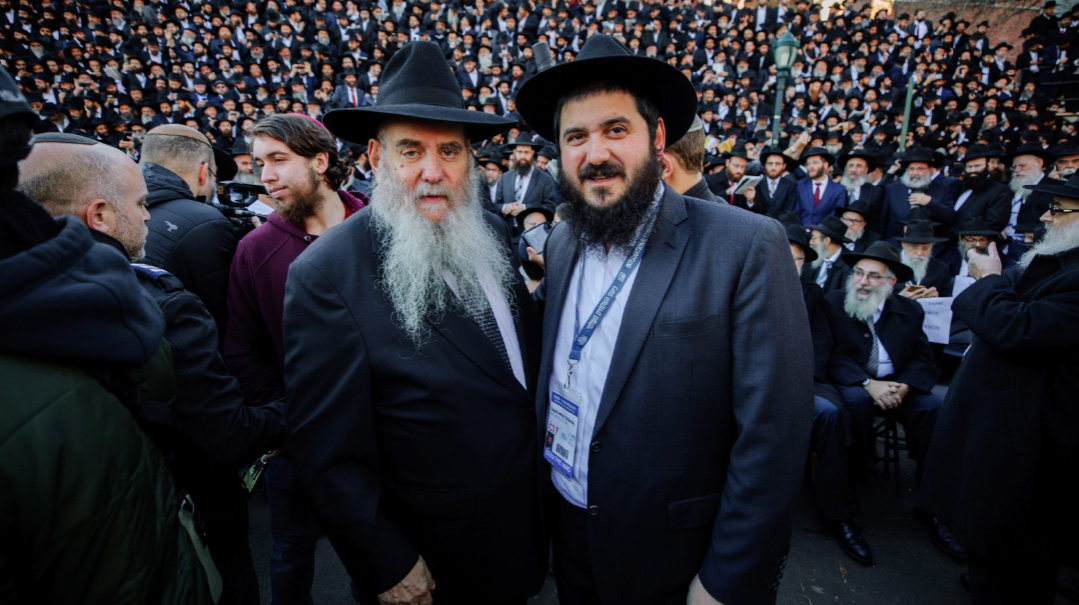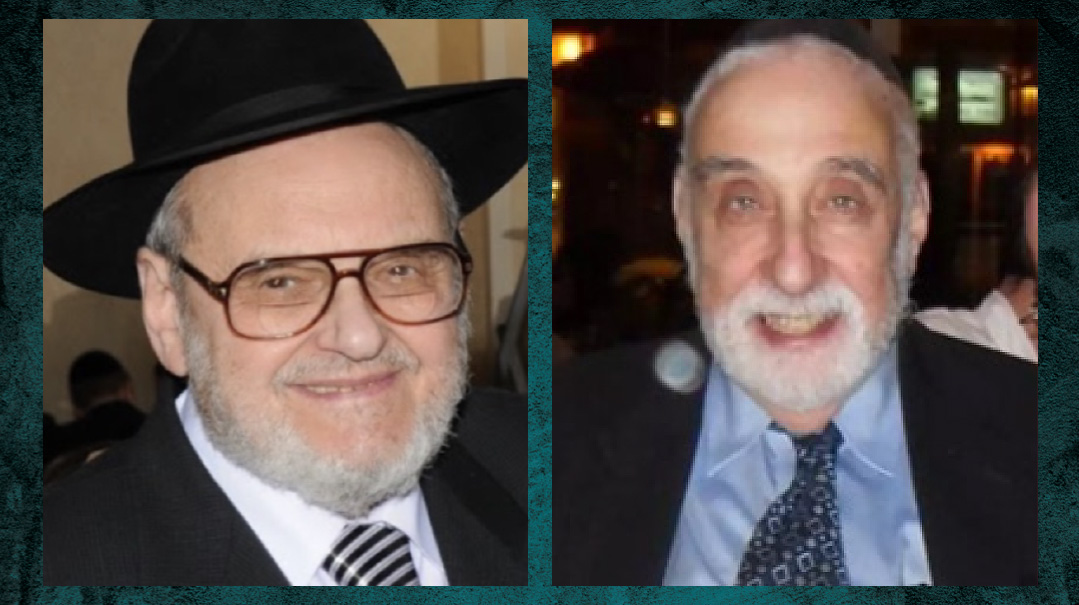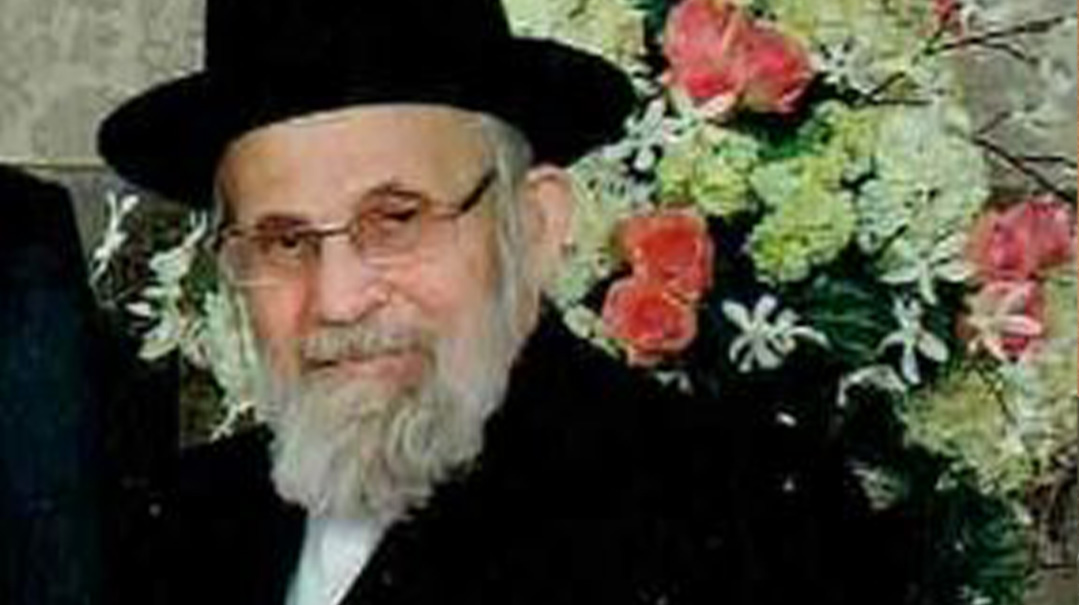Cashing in a Receipt
| August 5, 2020An epilogue to last week's tribute
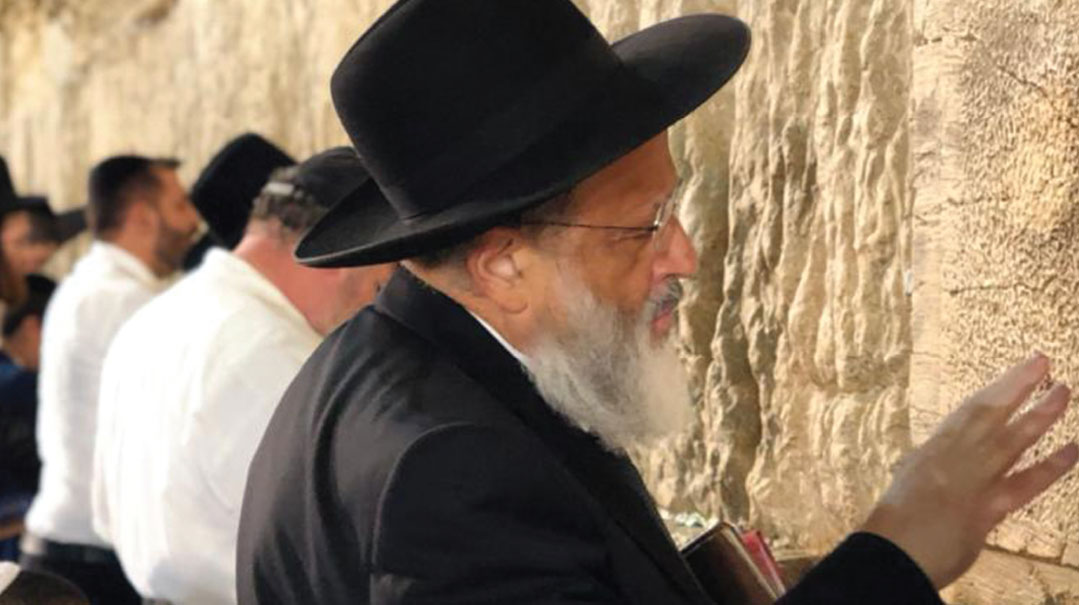
I
n the week since the passing of Rav Shmuel Tzvi Berkovicz ztz”l, another story has emerged from the piles of emails the family received —a tale of chesed shel emes that Reb Shmilu long wanted to bring to light.
When he lived in Cleveland, Rabbi Berkovicz served on the chevra kaddisha. One day some 23 years ago, he was summoned to perform a routine taharah at Berkowitz-Kumin-Bookatz funeral home. His associates in the task that day would be Dr. Zelig Schur and Reb Shia Neuman. None of the men knew the niftar but all took note of the arm with the tattooed numbers.
The trio performed the taharah in complete silence, in accordance with custom, and left the funeral home. But one detail niggled at Dr. Schur. The cause for his anxiety was confirmed in a call he soon received from Rabbi Berkovicz, who had also spoken with Shia Newman. All three men had perceived the same thing: The deceased had no bris milah.
What now?
Dr. Schur called his father, Reb Doniel ztz”l, a noted local rav and mohel. His instructions were to go perform a bris on the meis — but with glass, not metal. Dr. Schur hurried with Rabbi Berkovicz back to the funeral home and carried out the milah, taking care to bury the orlah in the forest out back.
Afterward, when Dr. Schur dutifully reported all this, his father immediately protested. “No, no! The orlah must be placed in the right hand of the niftar. It will serve as eidus that he had a milah. Avraham Avinu sits at the gates of Shamayim and protects those who have been circumcised.”
Dr. Schur quickly collected Rabbi Berkovicz and the pair raced out to the forest to find the buried orlah. They had forgotten the exact location — but one of them noticed, lying on the ground, the tissue in which the orlah had been wrapped. They dropped to their knees and began frantically clawing at the soil with their bare hands.
They finally managed to uncover the orlah — but by then, the aron had already been brought to the chapel, and the levayah had begun.
The two men approached the memorial chapel. Dr. Schur, with the orlah in hand, bowed his head and walked resolutely through the door. Ignoring the shocked whispers of the crowd, he went to the aron, opened it, felt around for the right hand, and placed in it the orlah.
The deed was done. The three men kept a pact of silence on the matter.
Until six years later.
One morning, Zelig Schur woke up paralyzed. Extensive testing revealed tumors in his brain and his spine. Doctors could offer no hope in their prognosis; it was only a matter of time.
Shia Newman, the third member of that fateful chevra kaddisha, approached Rabbi Berkovicz after davening Shabbos morning. For the very first time, he spoke of that day in Berkowitz-Kumin-Bookatz.
“We must do something for Zelig,” said Reb Shia. “He has a tremendous zechus, and it’s time to cash in the receipt.
Rabbi Berkovicz, startled, said he been thinking the very same thing. He suggested they go next door to the shul of the revered av beis din of Cleveland, Rav Yisroel Grumer ztz”l (himself niftar just three months ago), and ask his advice.
Rav Grumer was famously cautious, rarely answering a sh’eilah on the spot — but this time he didn’t hesitate. He instructed the pair to return after Shabbos.
Rabbi Berkovicz and Shia Newman entered Rav Grumer’s office after Shabbos to find him at his desk, with a Kabbalah sefer open before him, from which he had transcribed a passage. He told the men to go to the unknown niftar’s gravesite and take two branches in their hands. They were then to recite the lines he had written down, in Lashon Hakodesh:
“I, Yisroel Chaim Yehuda ben Chaya Feiga, av beis din of Cleveland, via my messengers Shmuel Tzvi ben Hendel Rochel and Yehoshua Yechiel ben Miriam Raizel, hereby implore you, Ploni ben Ploni, to go obtain a yeshuah for Ezriel Zelig Chaim ben Shaindel Shaina Raizel.”
After relaying this message, Rav Grumer instructed, the two men were to break the branches on the tombstone.
Shia Newman remembers the enthusiasm with which Reb Shmilu Berkovicz carried out this holy mission. He researched the location of the burial site, and, the next morning, picked up Shia to head out to the cemetery, the two branches prepared in the trunk of the car. They fulfilled their shlichus, omitting no detail. Rabbi Berkovicz hurried to share the news with the Schur family.
“My wife told me that Shmilu came charging into the hospital,” recounts Zelig Schur, 17 years later. “The situation was grave, and no one was allowed in my room. He told my wife that a great zechus of mine had been invoked. He had gone with Shia to the kever of that man, and soon we would all be celebrating at the seudas hoda’ah.”
For Shia Newman, there was a chilling reminder last week that impelled him to publicize the whole story. He was learning the daf yomi, Shabbos 135, which deals with bris milah on a neifel.
“It led to a discussion of doing a bris on someone who is deceased, and reminded me of that episode long ago,” says Reb Shia. “I thought of how Shmilu told me last year that we should look to have it made public. Later that day we received the tragic news of his petirah.”
(Originally featured in Mishpacha, Issue 822)
Oops! We could not locate your form.

